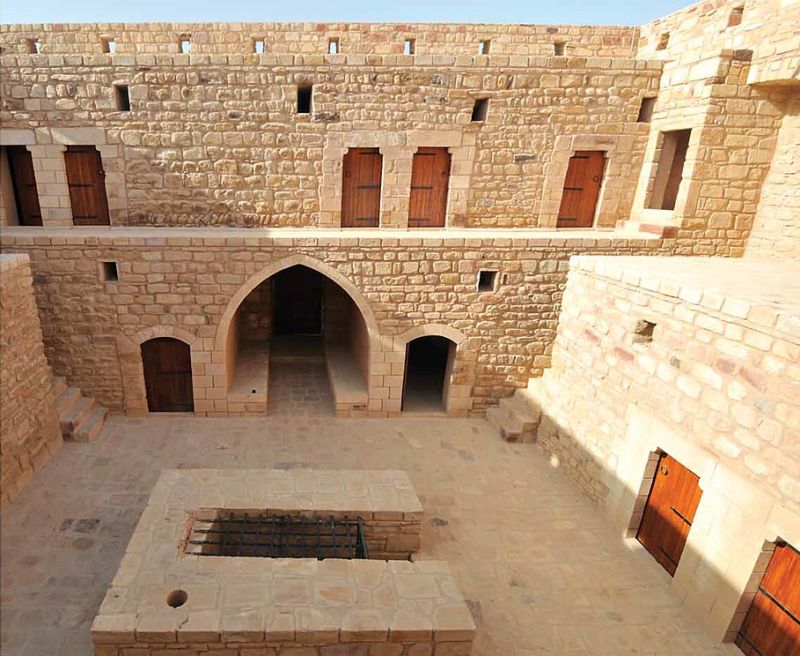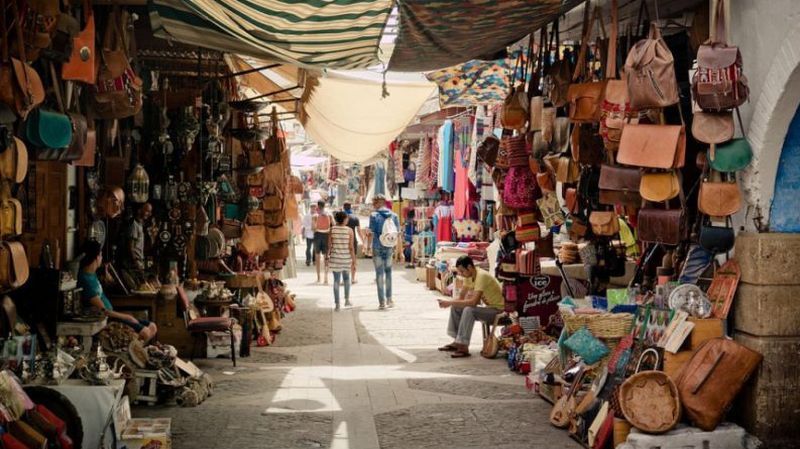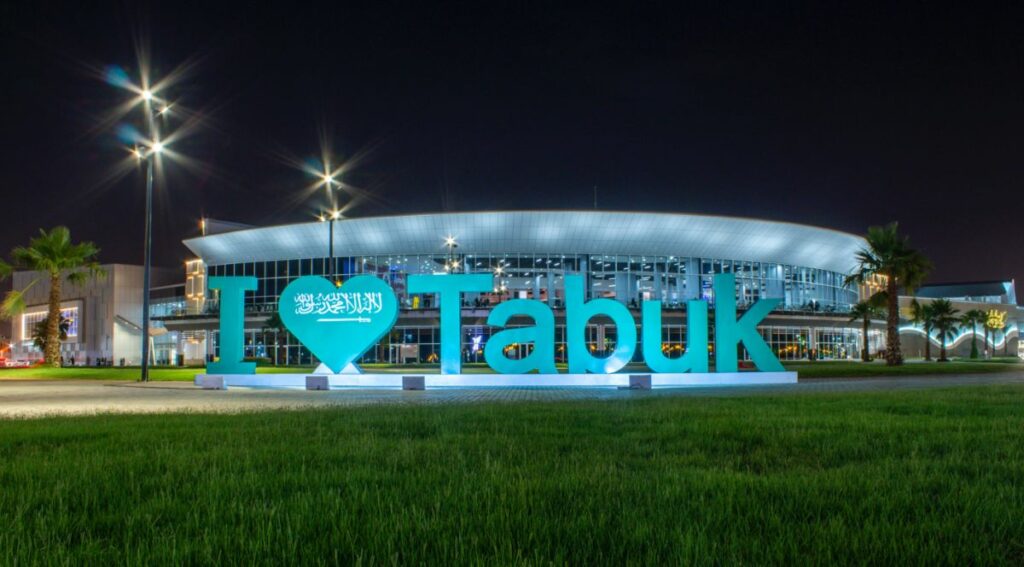The city of Tabuk is the capital of the culturally diverse Tabuk province, located in northwestern Saudi Arabia. Imagine being immersed in a sand-colored scenery, dotted with a variety of precious archeological sites, ancient ruins, forts and palaces and you will get a glimpse of the atmosphere of Tabuk.
Travelers visit the region to hear stories about Egyptian and Jordanian pilgrims who stopped here on their way to Makkah and Medina, and also understand more about the prophet Moses, who lived east of the city for 10 years.
Tabuk is not just a history gem for knowledge enthusiasts, but also an authentic travel getaway for those in search of coastal destinations and beautiful beaches. You can reach the city by airport from many major spots across the world; from here you can take a shuttle bus or a Tabuk airport car rental if you plan on visiting the region in the following days.
The region can be quite hot in the summer. In order to get the best experience when visiting Tabuk, go during the months of March, April, October or November, when the temperatures are moderate.
With these being said, let’s discover the region more in depth and see what are the main reasons that make Tabuk an inviting travel destination:
1. Madyan and the Well of Moses
Mentioned in both the Bible and Quran, the region of Madyan is also known as the land where Moses lived in exile for 10 years, before becoming a Prophet. The region hosts many archeological sites and remains of ancient cities that are open for visitors to explore.
The Well of Moses actually consists of 12 springs in the valley of Maqna, creating a surprising sight in the middle of the dessert. It is said the Moses drank from these springs after he crossed the Red Sea from Egypt.
2. Tabuk Desert
Hasma desert in the Tabuk region is an open air museum where strange rock formations disrupt the otherwise tranquil landscape. The wind erosion over the centuries created a variety of unique looking rocks, some as tall as 30 meters (the rock formation Umm Sarhij). The desert dunes in Tabuk offer visitors a chance for 4×4 driving through impressive landscapes, camel safari and various tours for discovering ancient artifacts.
3. Tabuk Castle
Located in the center of the city, Tabuk Castle is thought to be one of the oldest buildings of its kind in the region and one of the best preserved.

There are two mosques inside and a museum where travelers can find out more about the history of the region. The castle is believed to date back to 1559.
4. Sandstone Sculptures of Al Disah Valley
Al Disah Valley is often compared to The Grand Canyon due to its striking canyon peaks and reddish sandstone sculptures. The 25 kilometer long river valley guarded by tall rocks is however much less touristy than the Grand Canyon, and hides ancient tombs and old writings and drawings.
The valley is located 143 kilometers south of Tabuk and you can explore it on your own with an organized tour from the city.
5. Delicious Tabuk Cuisine: The Result of Converging Cultures
Ranging from seafood dishes to various types of Rice and typical Levant flavors, the food in Tabuk is delicious and diverse. If you visit the region, you will find a place where flavors meet and mix, reflecting the complex cultural identity of Saudi Arabia.
A typical Tabuki meal is meant to be shared and Magluba is often cooked when families gather around the table, a dish made with cooked rice and vegetables (cauliflowers, eggplant or patatoes), lamb or veal, slowcooked, assembled together then turned upside down for serving.
6. Souq Twaheen in Tabuk Old Quarter
This colorful market in Tabuk old town is full of life and eye-catching, artistic handmade items. The souq is dotted with various shops, selling anything you could possibly imagine, from jewellery to household items, street food and various antiques.

Walking through the market you will notice the traditional geometric patterned carpets and the goat-hair covers, for which Souq Twaheen is famous for.
7. Haql Beaches
The region of Tabuk hides many gems, and the bluest ones are located near the coastal city of Haql. The beautiful Haql beaches offer turquoise waters and an impressive marine ecosystem, including coral reefs. Camping on the white sandy beaches is still allowed in the region, allowing for an unspoiled getaway.
8. Tabuk Tourist Sites Museum
If you are interested in diving more in the history of Tabuk, consider a visit to the Tabuk Tourist Sites Museum, where you are likely to find some interesting details on the lives of people living here. The museum offers insight into old artifacts and how they were used, traditions and habits that shaped the community of the area. You will most probably be introduced to the pieces in the museum by a guide who will give an English tour on request.
9. Mountains of Tabuk Province
Some historians believe that the Jabal al Lawz mountain, one of the highest in Soudi Arabia is the ancient Mount Sinai, the place where Moses was given the 10 Commandments by God. And although there is no tangible proof for this (some historians also trace Mount Sinai in Egypt), several hiking tours are organized in the area, which offer spectacular sights. The highest peak reaches 2,580 metres. Other mountains in the province include Jabal Shar and Jabal al Qalom.
Hiking in Tabuk an adventure fit for well equipped and medium-prepared hikers, although there are some beginner hiking trails in the region as well.
10. The Roses and Fruit Festival
Tabuk is an important agricultural region for Saudi Arabia and this major event celebrates its abundance. With more than 200 varieties of colorful flowers and fruit, the festival invites people to a joyful carnaval, theater performances, a fruit auction and many more celebration events. The festival usually takes place in the beginning of August each year.
So there you have it: ten of the main reasons why the city of Tabuk (cleverly built in an oasis in Sauda Arabia) and its surrounding region are a must-see for the avid traveler.

